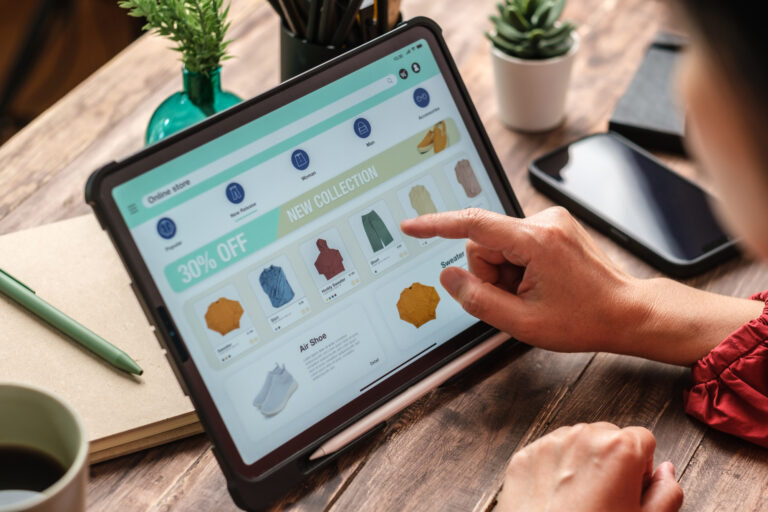We’ve all been there — you’re ready for a client meeting, but they don’t show up. A well-written appointment reminder email can fix that. Missed appointments not only waste time but also disrupt your entire schedule.
When done right, these emails gently remind your clients about upcoming sessions while showing that you care about their time. Let’s walk through how to write reminder emails that people actually open, read, and act on.
How to Write the Perfect Reminder Email
Writing a reminder email isn’t about being formal or robotic. It’s about keeping things simple, clear, and friendly.
Here’s how to do it right:
- Start with a warm greeting
Begin with your client’s name — it instantly makes the email feel personal.
Example: “Hi John,” or “Hello Sarah,” - Include key details upfront
Clearly mention the appointment date, time, and service.
Example:
“This is a quick reminder about your therapy session with Dr. Lopez on Wednesday, October 9th at 4:00 PM (EST) via Zoom.”
- Add an easy action button
Include links or buttons to confirm, reschedule, or cancel the appointment.
This reduces confusion and saves time for both sides.
Example:
✅ Confirm Appointment | 🔁 Reschedule
- Offer help if needed
A short line like “If you have any questions, just reply to this email” builds trust and shows you’re approachable. - End on a positive note
Close your message with appreciation.
Example: “Thank you for choosing us! We look forward to seeing you soon.”
Step-by-Step Tips to Write Reminder Emails Clients Open
Even the best message won’t help if clients don’t open it. Follow these steps to make your reminder emails more engaging and effective:
Step 1: Craft a Clear Subject Line
The subject line is your first impression — make it short, specific, and direct.
Some examples that work:
- “Reminder: Your Appointment with Dr. Patel Tomorrow at 2 PM”
- “See You Soon! Massage Appointment on Oct 10th”
- “Quick Reminder – Your Consultation with Sarah at 11:00 AM”
Step 2: Personalize Your Message
People respond better to messages that feel written just for them. Use automation tools like iMeetify to automatically include the client’s name, service type, or appointment date.
Step 3: Keep It Short and Easy to Read
Avoid long paragraphs. Use short sentences, bullet points, and clear formatting so clients can read it quickly — especially on mobile.
Step 4: Sound Friendly, Not Robotic
Your tone should be polite but natural. Instead of “This is to remind you…”, try “Just a friendly reminder about your appointment tomorrow…”
Step 5: Track and Improve
Check how many people open or click your reminders. Test different subject lines and sending times to find what works best for your audience.
What’s the Best Subject Line for an Appointment Reminder?
The best subject lines are the ones that are clear, short, and personal. Avoid generic phrases like “Important Information” — they sound like spam.
Here are some tried-and-true examples:
- “Reminder: Therapy Session with Dr. Rao on Oct 6 at 3 PM”
- “You’re Booked! See You Tomorrow for Your Counseling Session”
- “Friendly Reminder – Hair Appointment with Mia at 11:30 AM”
💡 Pro tip: Adding a client’s name or appointment date can increase open rates by over 20%.
How Long Before the Appointment Should You Send the Email?
Timing can make all the difference. Here’s what usually works best:
- First reminder: Send it 24–48 hours before the appointment.
- Second reminder: Send it 2–3 hours before (especially useful for virtual meetings).
If it’s a long or important session — like a consultation or therapy appointment — sending the first reminder two days in advance gives clients time to reschedule if needed.
Can Reminder Emails Be Personalized Automatically?
Yes — and it’s easier than ever!
Tools like iMeetify let you automate and personalize reminder emails with just a few clicks. You can:
- Automatically include the client’s name, appointment time, and location.
- Send reminders at specific intervals (24 hours, 2 hours, etc.).
- Add “Confirm” and “Reschedule” buttons automatically.
- Send reminders through email, SMS, or WhatsApp.
This means you can save hours of manual work and ensure every client gets a warm, timely reminder — every time.
Final Thoughts
Appointment reminder emails aren’t just about reducing no-shows. They’re about showing professionalism, care, and respect for your client’s time.
By writing reminders that are friendly, clear, and personalized, you build trust and keep your schedule running smoothly.
And with tools like iMeetify, you can automate the entire process — from sending reminders to tracking confirmations — without lifting a finger.
It’s time to make your reminders smarter, not harder.
Read more blogs: Best Acuity Scheduling Alternatives for Coaches



